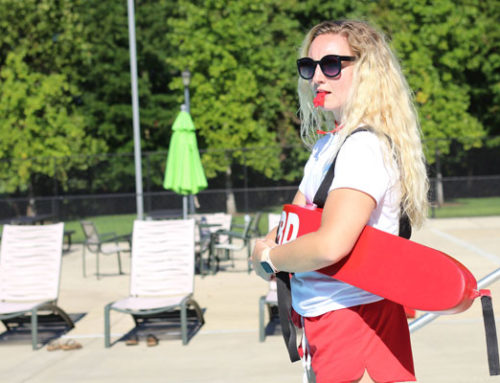Lifeguard training is a long process that requires a lot of time and effort from pool management. It’s a necessary step in ensuring swimmer safety at pools.
There are many procedures that lifeguards have to be certified in, from learning cardiopulmonary resuscitation to automated external defibrillator training. These are lifesaving procedures and tools that lifeguards may have to use at any time.
Recognizing risky behaviors
The important work of lifeguards isn’t limited to the steps that they have to take during an emergency. They’re also responsible for monitoring the pool for overall safety during operating hours. This means watching over the pool and ensuring that everybody is having fun and staying safe.
Pool managers who have worked as lifeguards before are familiar with red flags that may indicate that swimmers shouldn’t be in the deep end or may not be as comfortable on the diving board as they should be. These observations shouldn’t be brushed aside because allowing swimmers to continue these practices can be dangerous in and of itself.
Here are two tips to share with your lifeguards to help them identify risky pool behaviors.
1. Doggy paddling: Aquatics International interviewed Keith Bibb, the aquatics and recreation specialist for the City of Sherman Parks and Recreation Department in Texas, who pointed out that doggy paddling is the most inefficient and unsafe method of swimming. Lifeguards are bound to encounter these swimmers, and while they’re fine in the shallow end, doing the doggy paddle in the deep end can spell disaster. Lifeguards should speak to guardians about the dangers of these behaviors when they’re spotted.
2. Signs of discomfort on pool equipment: Whether your facility has a water slide, diving board or climbing wall, children who don’t appear 100 percent confident shouldn’t use the equipment. Though these features have been optimized for safety, hesitation at the wrong moment can lead to injury. Avoid these altogether by speaking to swimmers and their guardians.
Learning and practicing preventative measures is one of the best ways to ensure that no one is hurt. If possible, do a training session with your lifeguards during each of their shifts to provide supervision and pointers. Share these responsibilities with other pool managers who have served as lifeguards before to give current ones the most and best insight into risky behaviors.






